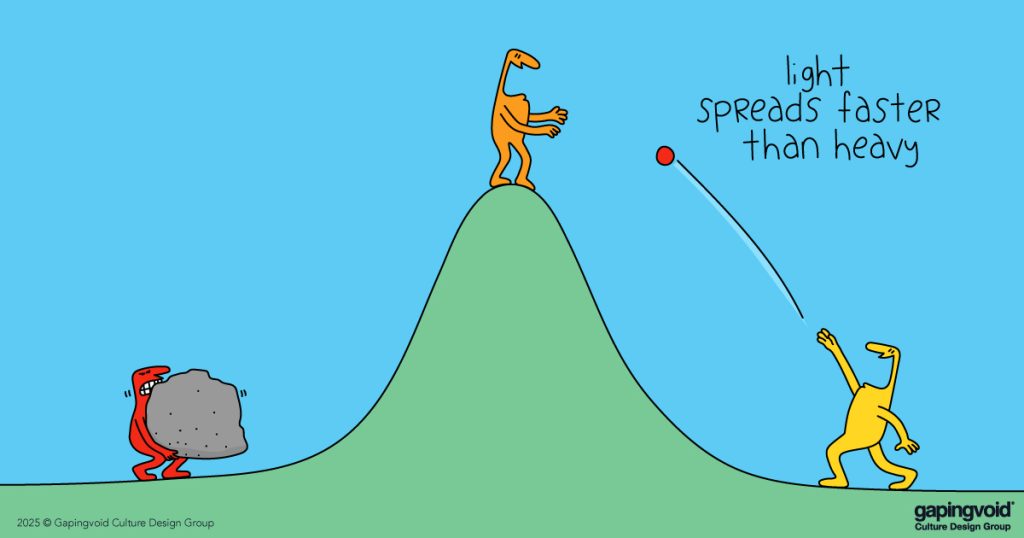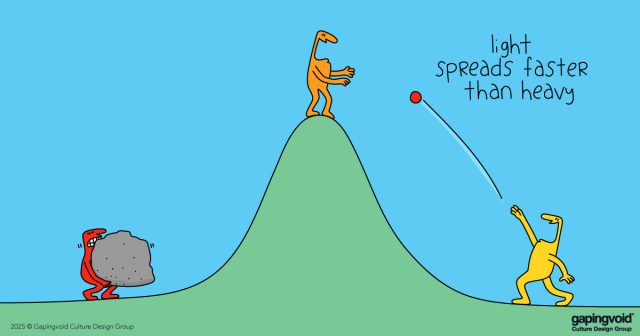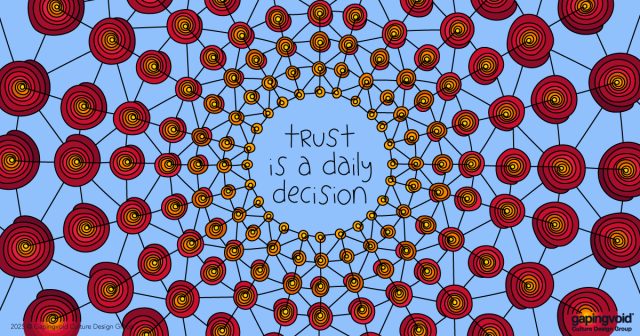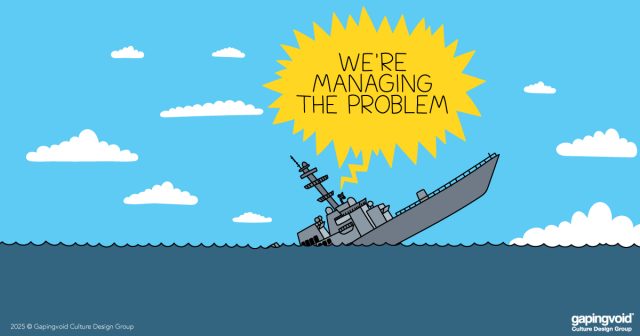
Take any well known symbol – the Christian Cross, the Peace Sign, the Nike or McDonald’s logo and what do you have? Something very simple and recognizable that carries a lot of embedded meaning.
The Russian Orthodox icon carver, Jonathan Pageau, proposed years ago that humans navigate two parallel worlds: the perceptive (what our senses detect) and the symbolic (what our brains encode as important).
When Elon Musk declared “Who controls the memes, controls the world,” he was describing how the world actually works.
Symbols aren’t decorative. They’re functional. You can tell what a population really thinks not by what they say, but what they meme.
There’s a catchphrase going around that says “the political left can’t meme.” The belief being that the political right seem to have more luck with it, at least on the Internet (*Technically untrue, the left’s history of creating memes is actually pretty impressive).
But it looks like the Democrats have had a recent reversal in fortune. In what’s being called “Signalgate,” President Donald Trump‘s national security adviser, Michael Waltz, accidentally disclosed secret war plans to the editor-in-chief of The Atlantic in a group text.
Both sides behaved predictably. The Democrats want to make political hay from it, and the Republicans are trying to downplay it.
Lucky for the Democrats, they have a new meme to call their own:
Apparently Walz sent these emojis along with his chat message. A fist, flag, a flame. So people made a meme.
One side sees warmongering. The other sees strength. The interpretation hardly matters – the symbol has taken on a life of its own.
Here’s the real question: Are we creating symbols, or are symbols creating us?
The most dangerous symbols aren’t the ones we choose. They’re the ones that choose us when we aren’t paying attention.
What symbols would you use to describe your situation? Your mission? Your life? Is it worth thinking about, worth remembering? Should it be?




